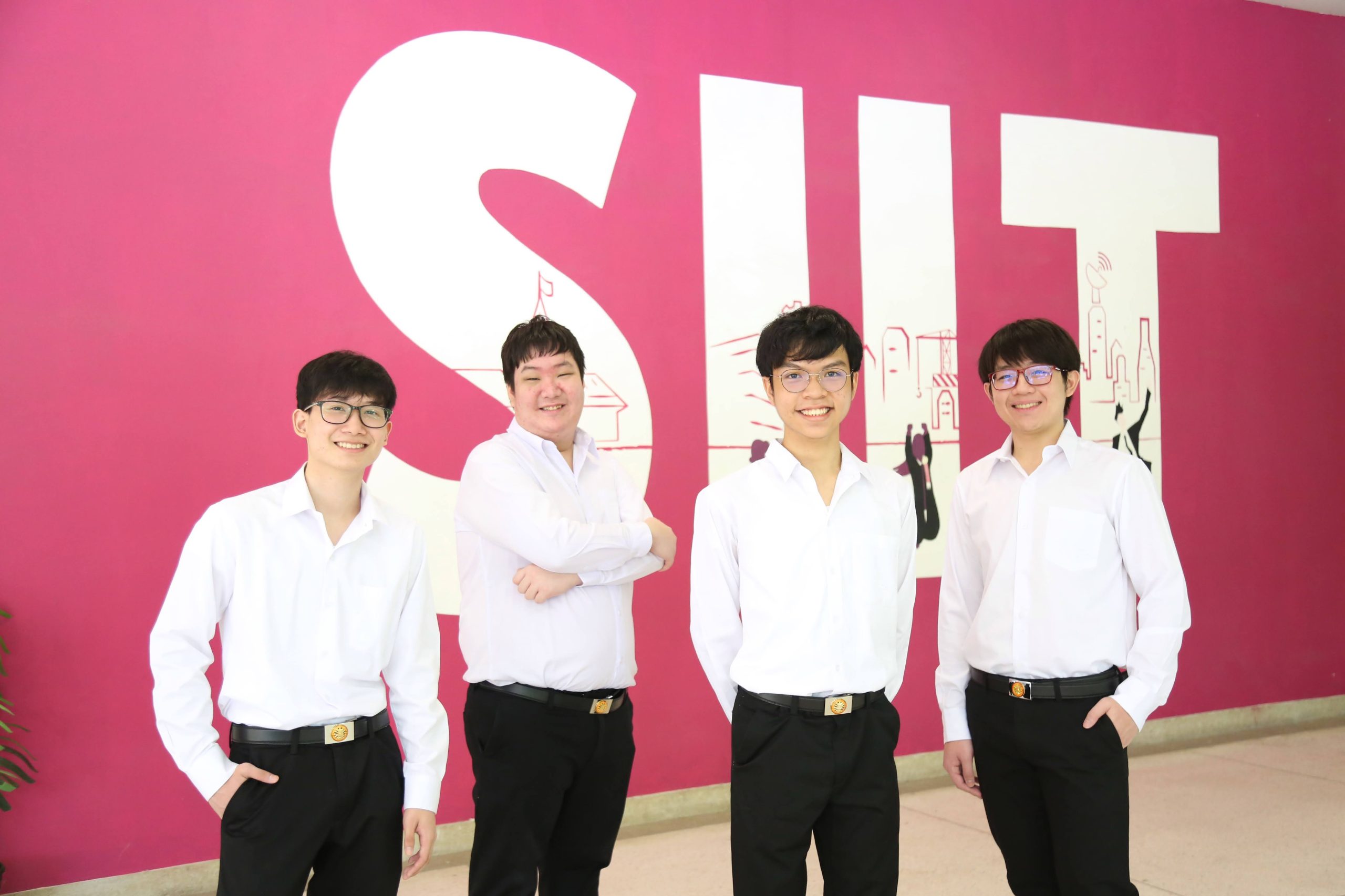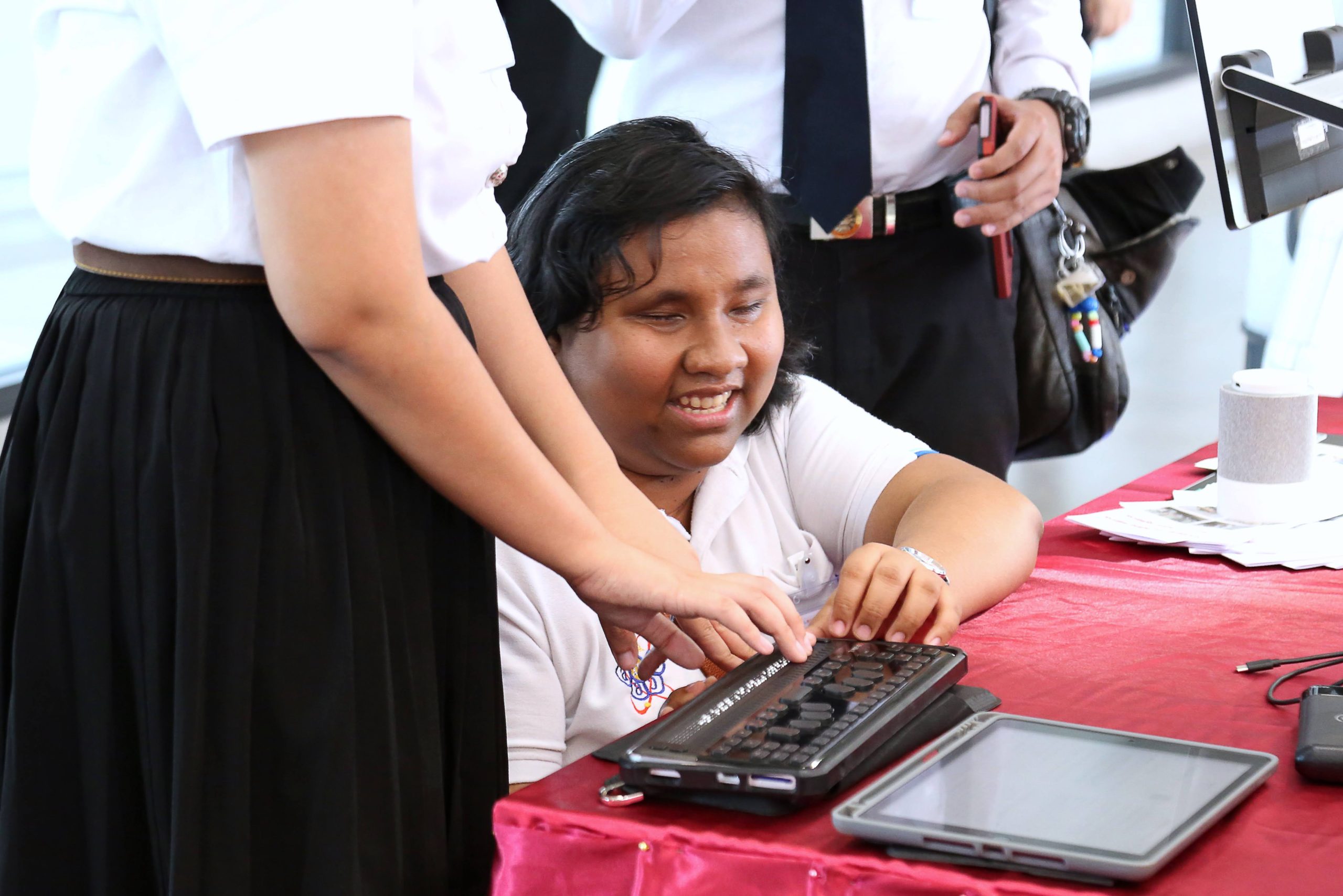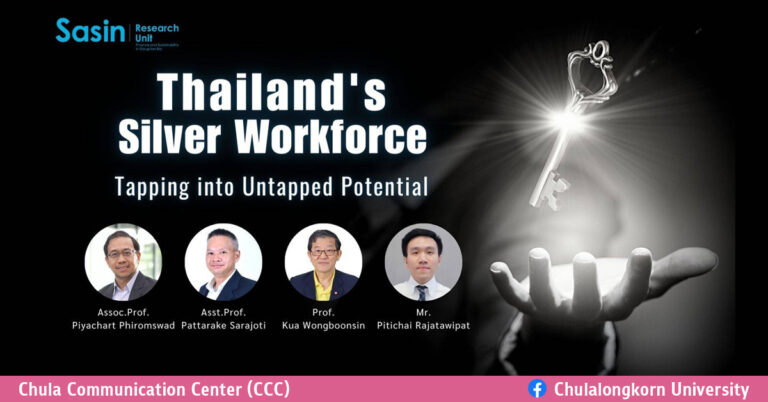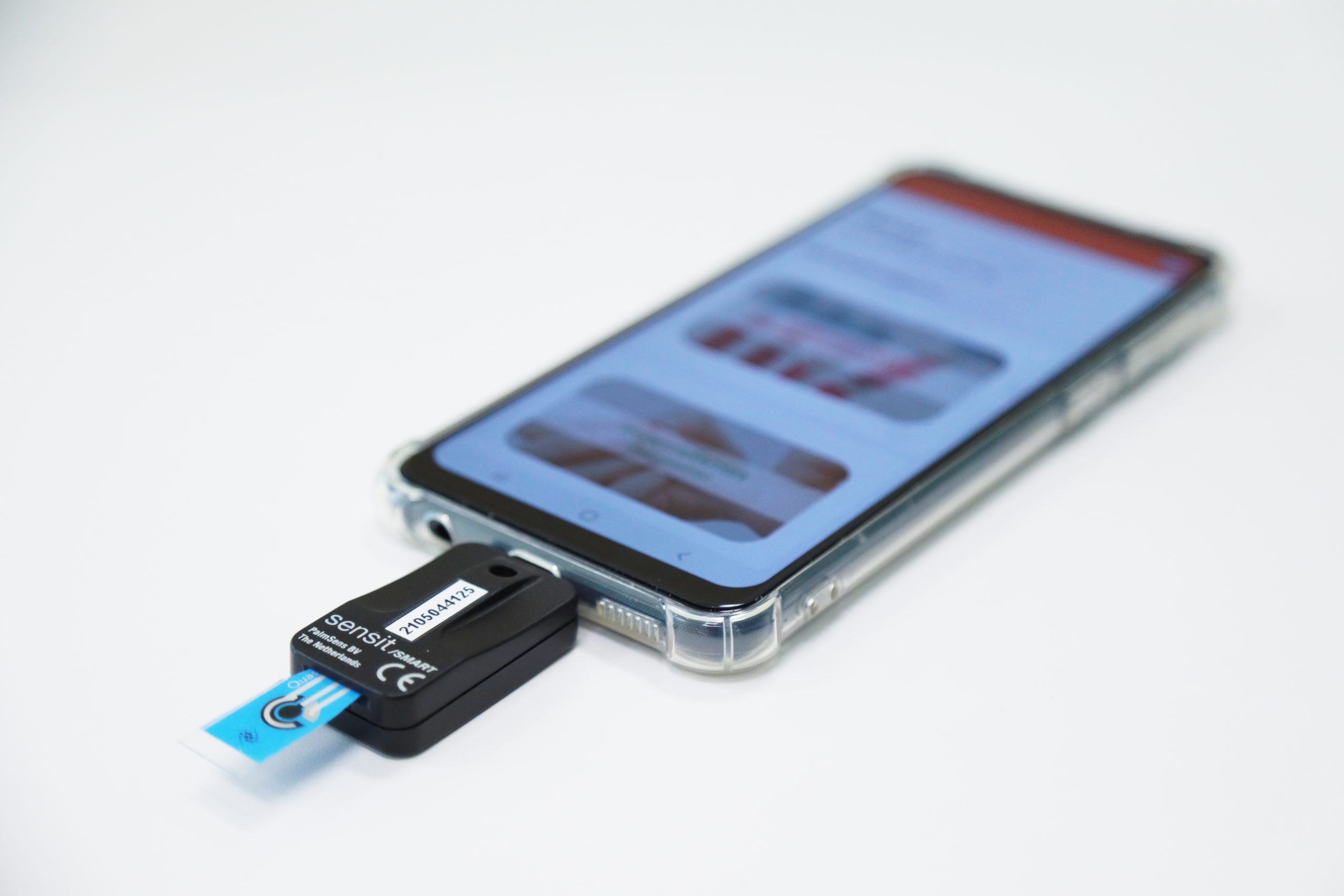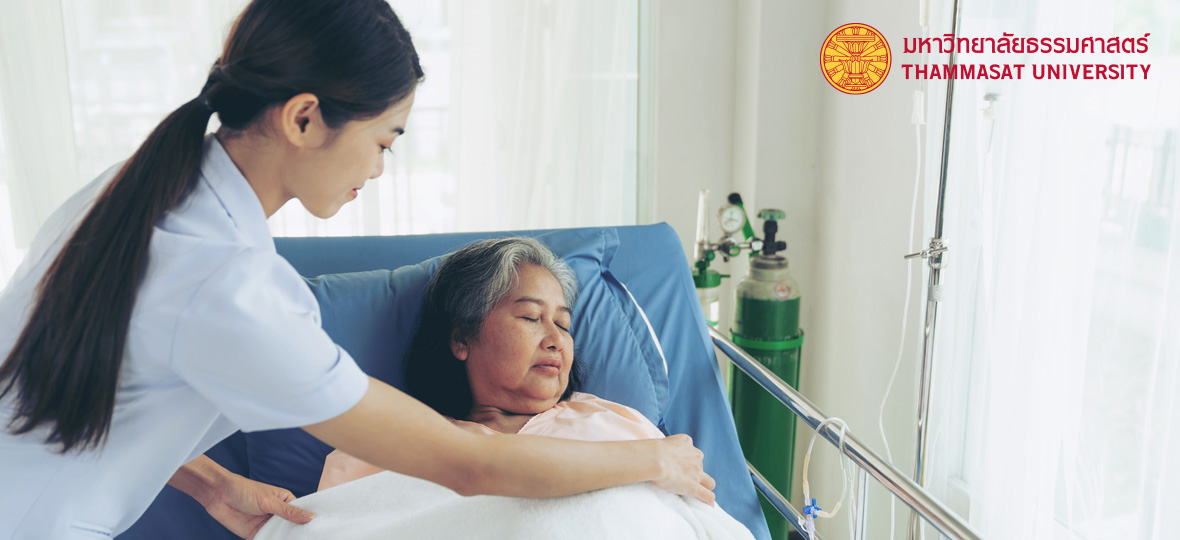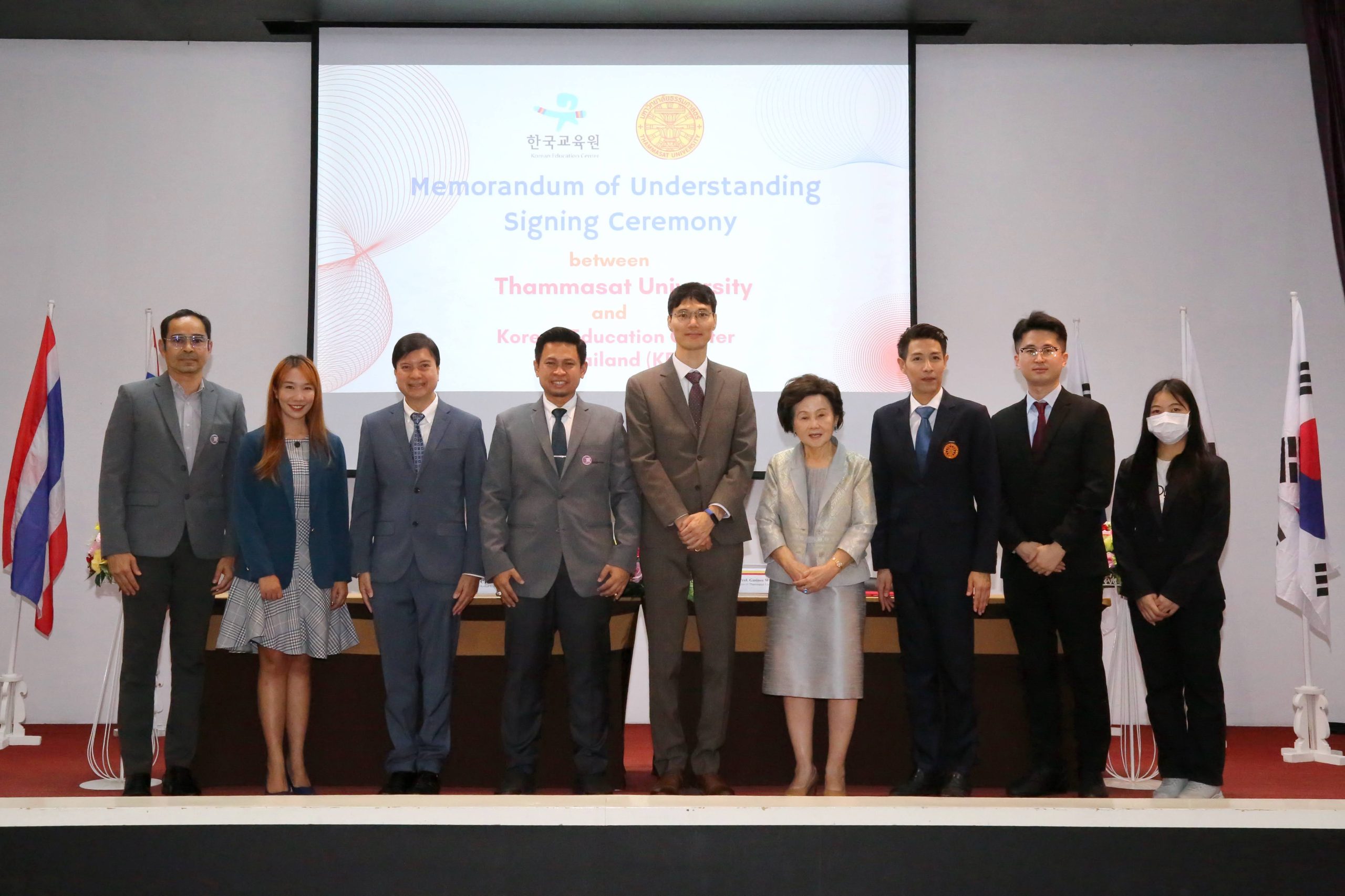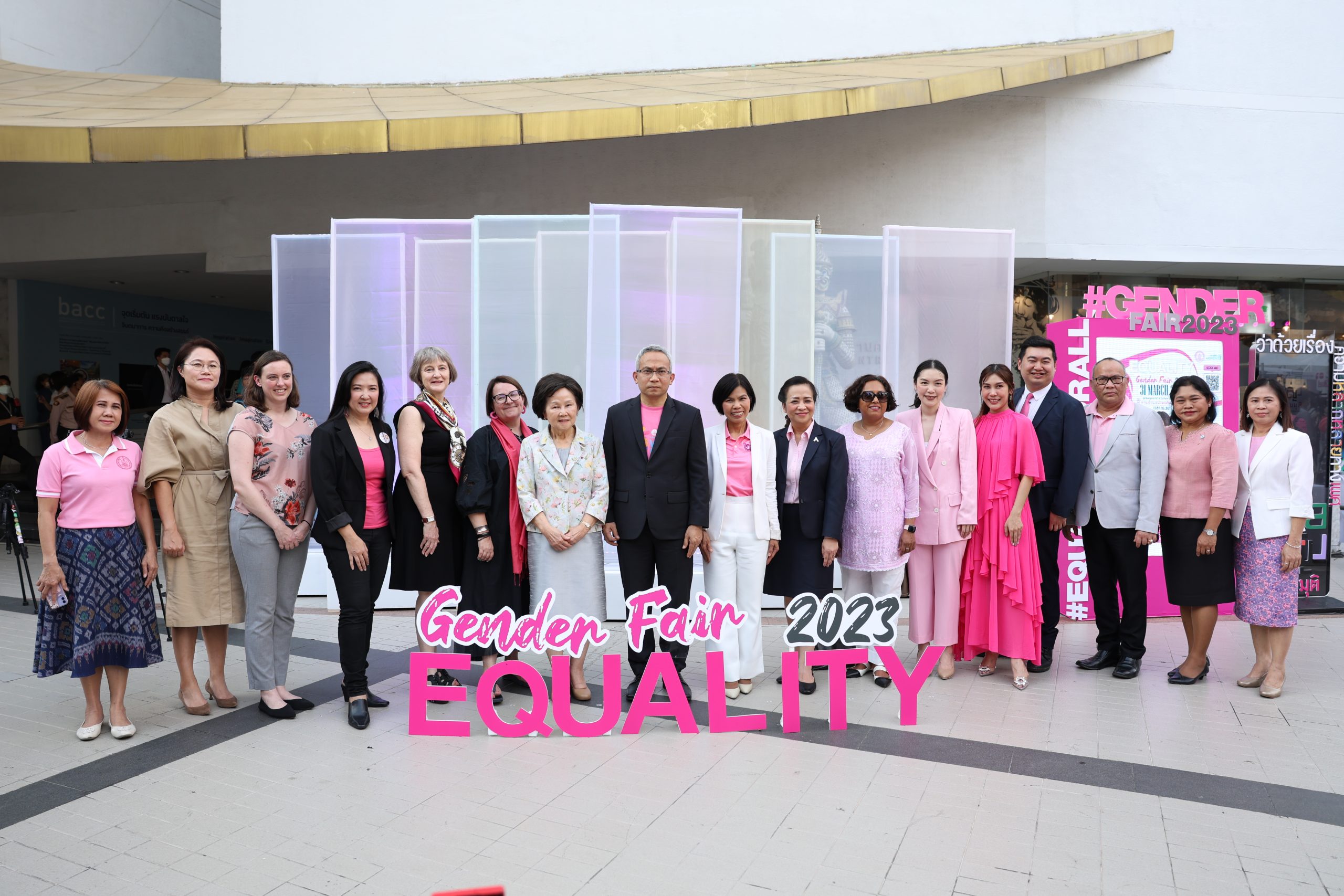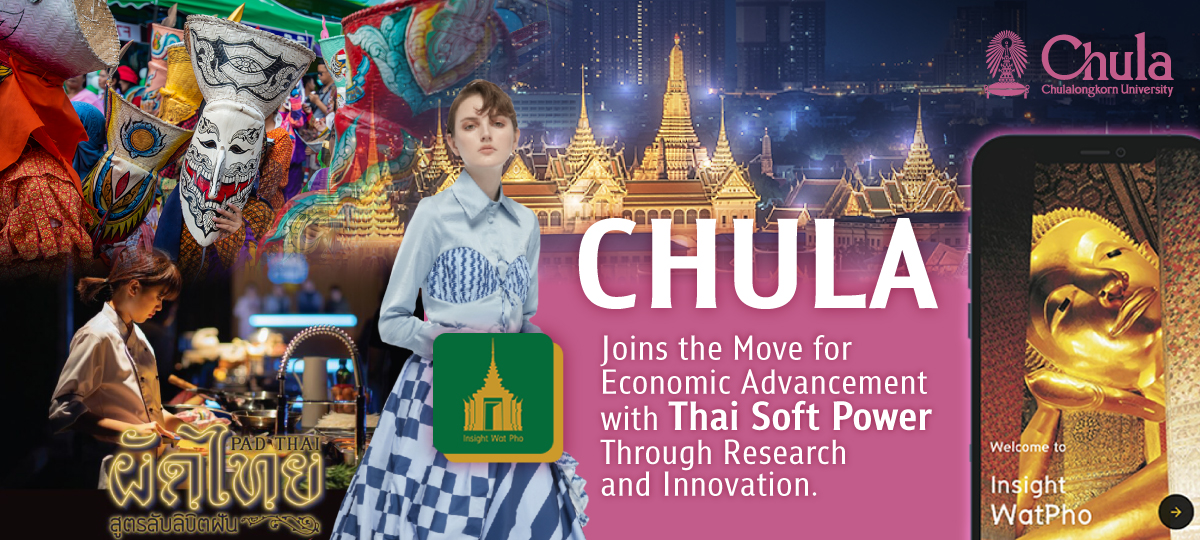“Galactic4”, a team of 4 second-year students in Computer Engineering, Sirindhorn International Institute of Technology (SIIT), Thammasat University won the first prize in the Astrobee Robot Programming Competition of the United States National Aeronautics and Space Administration (NASA) operating on the International Space Station (ISS) to perform the assigned mission under the “The 4th Kibo Robot Programming Challenge” project.
The project is a collaboration between the National Science and Technology Development Agency (NSTDA), the Ministry of Higher Education, Science, Research and Innovation (MHESI) and the Japan Aerospace Exploration Agency (JAXA) and partner agencies in organizing a competition to search for “Thailand Youth Representative Team” to participate in the international championship round at the Tsukuba Space Center, Japan.
For the competition under “The 4th Kibo Robot Programming Challenge” project, there were a total of 182 teams participating. The contestants had to write a robot controller program using JAVA to control the Astrobee robot. In which the “Galactic4” team from SIIT Thammasat, consisting of Natthawin Yamprasert, Dechatorn Dasri, Kasidit Sanrak and Chiwanon Chulikorn, was able to successfully win the championship and received a prize worth 20,000 Thai baht with a certificate and will represent the Thailand youth team to participate in the international championship round with teams from Kibo-ABC member countries such as USA, Japan, Singapore, Australia, etc.
Natthawin Yamprasert, second-year computer engineering student, SIIT, as the leader of the Galactic4 team revealed that the challenge of the competition is a computer programming mission in a simulation system to control the Astrobee astronaut assistant robot to solve the simulated chemical leak incident inside the space station which is written using an essential language like JAVA that is taught in SIIT during the first year.
Natthawin said that for such a competition, he heard the news about the recruitment from his parents. Therefore, he joined a group with his second year classmates at SIIT, Thammasat University to try adopting and applying what he learned in real life by starting from roughly planning the workflow and using the free time during the semester break to split work. Each person will start with writing their own program and later being put together for testing in the simulation system until the results are obtained, then continue to be improved and developed.
“In fact, our work was completed and operational within the first two weeks of the competition and although the result was quite good we thought that it could still be better, so we continued to make improvements until the final stage of submitting the work, ”Natthawin stated.
Natthawin said that the Galactic4 team intends to move forward as robustly as possible as a representative of Thailand. From now on it is necessary to manage the training schedule along with studying and adapting to the new rules which, of course, may have to be more tiring. However, it is a positive encouragement that I believe will be a good opportunity to open up new experiences.
Natthawin also said that in terms of programming with JAVA, even though he had studied and had basic knowledge of this subject in the beginning but received more skill enhancement from attending classes in the Faculty. Another key factor is unity in working together as a team. Within the fence of SIIT is an opportunity that allows me to get to know a group of teammates that all share similar learning habits and that each person has different skills and hidden abilities awaiting to be brought out for real use exactly like with this competition.
“This achievement would not be successful with just one of us but the talent and energy of each and every member. At the same time, we do not underestimate ourselves, the game and the rules. If we stop after the first time we finish and think it’s completely fine. But when we think we can do better and we want to be ahead of others, we then keep doing and continue to develop further until the best version is achieved,” Nattawin said.



